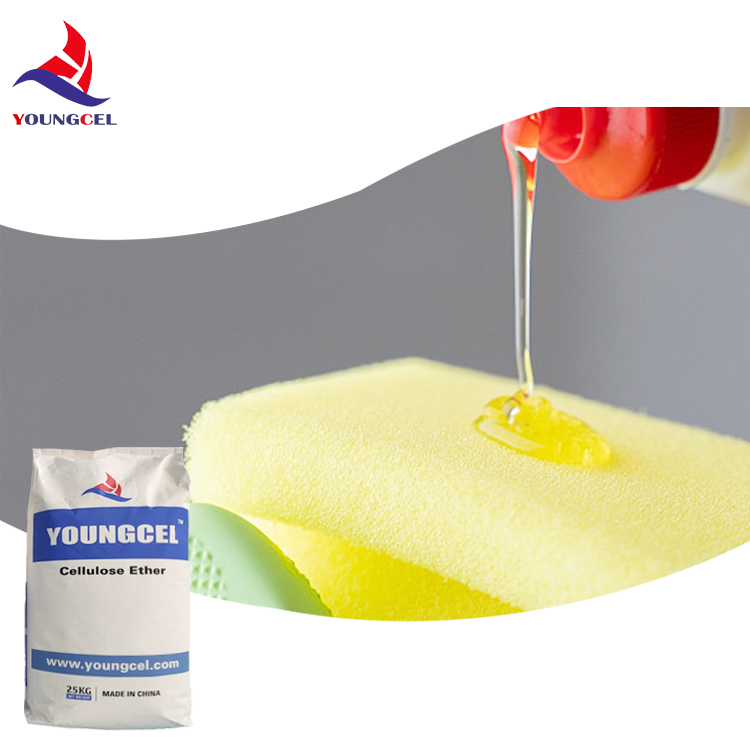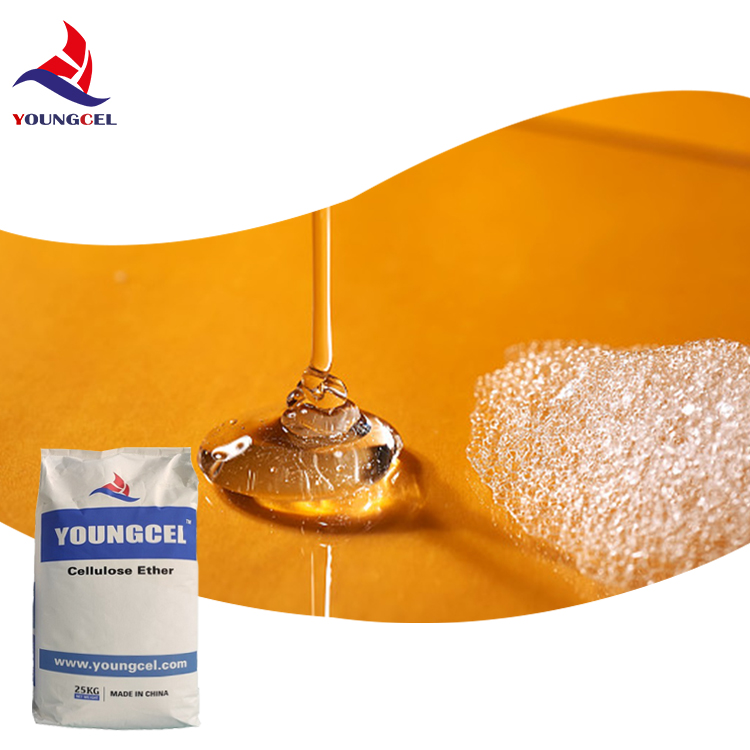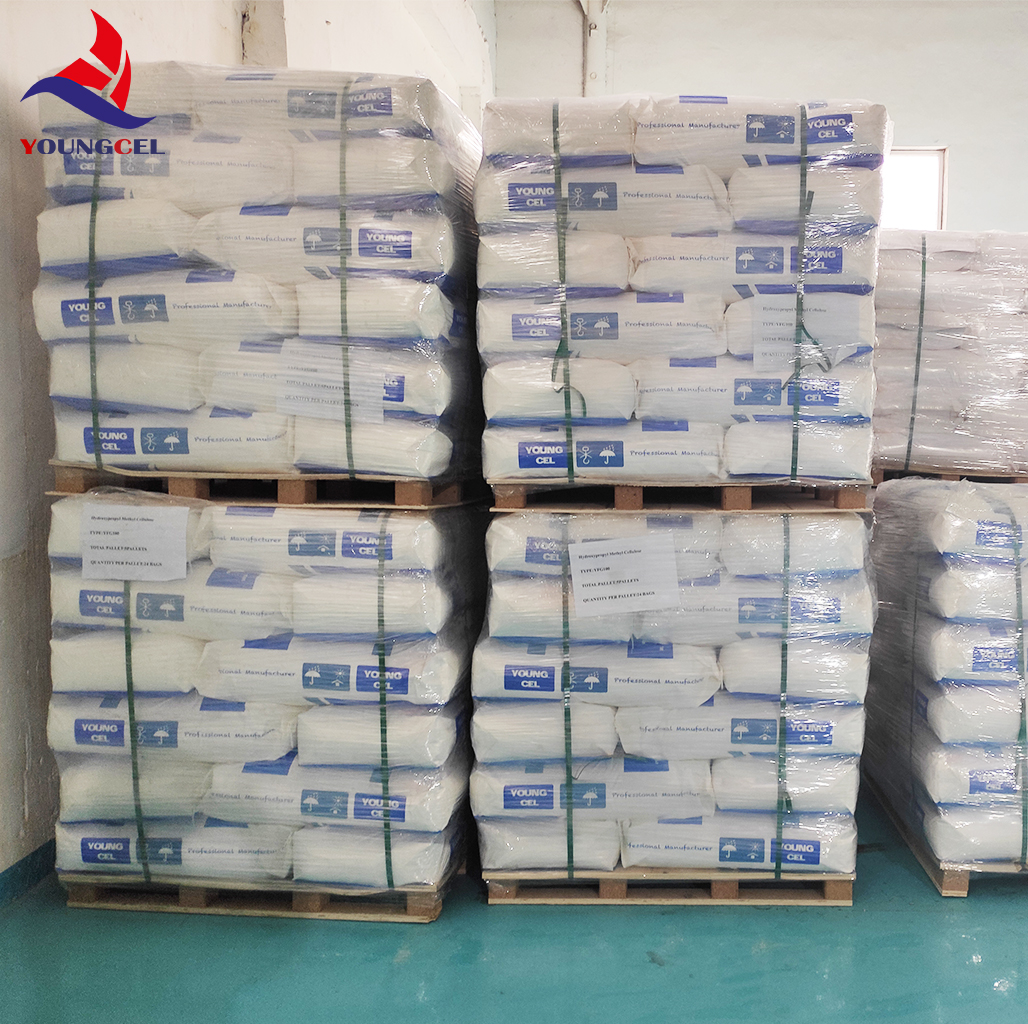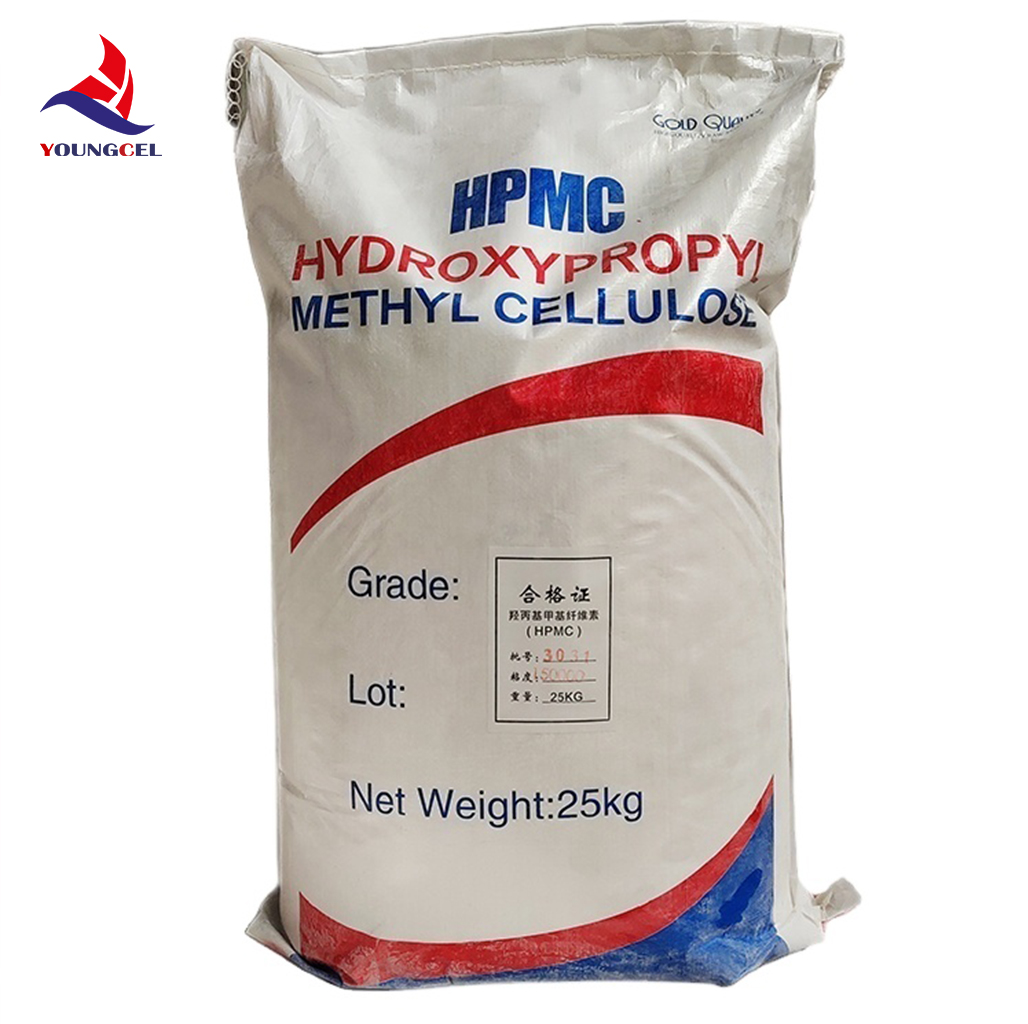If you make dishwashing liquids or laundry gels, you already know the quiet hero is the rheology modifier. Lately, formulators keep asking me about HPMC Cellulose Thickener For Liquid Detergents Hydroxypropyl Methyl Cellulose HPMC Detergent Grade Hpmc 200000—a mouthful, sure, but it’s carving out mindshare because it plays nice with complex surfactant systems while delivering that silky, drip-free pour consumers expect. Actually, the market is shifting toward cleaner labels and stable viscosity under stress (heat, salt, enzymes). This grade sits right in that sweet spot.

Quick specs (real-world use may vary)
| Name | HPMC (Hydroxypropyl Methyl Cellulose), CAS 9004-65-3 |
| Detergent Grade | 200,000 mPa·s nominal (2% in H2O, Brookfield, ≈25°C, method per ASTM D2196) |
| Material Source | Refined cotton cellulose |
| Appearance | Free-flowing off-white powder |
| Methoxy / Hydroxypropyl | ≈19–24% / ≈4–12% (typical detergent-grade window) |
| pH (1% sol.) | ≈6.0–8.5 |
| Moisture | ≤5% |
| Gel Temp | ≈60–75°C (grade dependent) |

Where it shines
- Clear or pearlescent hand dish liquids (anionic/nonionic blends)
- Laundry detergent gels and concentrates (salt-heavy systems)
- Hand soap, car shampoo, multi-surface cleaners
- Enzyme-containing detergents that need stable viscosity over time
To be honest, the draw is predictable flow across seasons and shelves. Many customers say it curbs syneresis and improves suspendability of actives and pearls.
Process flow (what actually works)
- Materials: deionized water; HPMC Cellulose Thickener For Liquid Detergents Hydroxypropyl Methyl Cellulose HPMC Detergent Grade Hpmc 200000; surfactants; salt/builder; preservatives; fragrance/dye.
- Dispersion: pre-wet HPMC in a small portion of cold water; sprinkle under moderate shear to avoid fisheyes.
- Hydration: allow 20–30 min; adjust pH to ≈7 for fastest bloom; avoid strong acids during hydration.
- Surf-add: introduce surfactants after hydration; fine-tune viscosity with salt or water.
- Deaeration and polish: slow sweep mix; 100–200 mesh filtration if needed.
Testing standards I like: Brookfield (ASTM D2196) for viscosity; pH per ISO 976; stability at 40°C/75% RH for 12 weeks; freeze–thaw 3 cycles; salt tolerance up to ≈5% NaCl; enzyme compatibility check via viscosity retention after 4 weeks at 35–40°C. Service life? Shelf stability of the powder ≈24 months sealed; in-formulation rheology commonly holds 12+ months depending on preservatives and pH.

Measured performance (typical)
- Viscosity retention: ≈92–98% after 12 weeks at 40°C in SLES/APG base
- Salt boost response: smooth, no step-changes up to ≈4% NaCl
- Shear thinning: consumer-friendly squeeze and quick pour
Vendor landscape at a glance
| Vendor | Viscosity Consistency | Salt Tolerance | Lead Time | Certs |
|---|---|---|---|---|
| Youngcel (Hebei, China) | Tight (±8% typical) | High (detergent-grade) | Around 2–4 weeks | ISO 9001; REACH support |
| Vendor A | Moderate | Moderate | 3–6 weeks | ISO 9001 |
| Vendor B | Good | High | 4–8 weeks | ISO 9001, RoHS |

Customization and supply
- Viscosity grades: ≈50,000–300,000 mPa·s
- Instant vs. surface-treated delayed hydration
- Particle size tuning (80–200 mesh)
- Origin and QC: No.1 Shifu East Road, Gaocheng District, Shijiazhuang, Hebei, China
Mini case notes
Household brand in MENA: Swapped xanthan for HPMC Cellulose Thickener For Liquid Detergents Hydroxypropyl Methyl Cellulose HPMC Detergent Grade Hpmc 200000, cut salt by ≈20%, improved cold-start clarity. SME car-care maker in EU: needed enzyme-friendly rheology; after 8-week 40°C test, viscosity drift was under 5%. Honestly, those are strong numbers.

Compliance and notes
- Quality system: ISO 9001
- Regulatory support: REACH
- Detergent formulation: align with EU 648/2004; label surfactants, preservatives
- Safety: review SDS; avoid dust inhalation; store cool and dry
It seems simple: pick the right grade, hydrate correctly, and verify with tight testing. The payoff is consistency consumers can feel—literally.
- ASTM D2196 – Standard Test Method for Rheological Properties Using Brookfield Viscometer
- ISO 976 – Determination of pH of aqueous polymer solutions
- EU Detergent Regulation (EC) No 648/2004
- REACH Regulation (EC) No 1907/2006 – ECHA guidance
- AMETEK Brookfield Application Notes on Viscosity Measurement
-
Hydroxyethyl Methyl Cellulose HEMC: Industrial Uses, Benefits & Future TrendsNewsNov.23,2025
-
HEMC Cellulose: Versatile & Sustainable Industrial Polymer | YoungcelNewsNov.23,2025
-
Methyl Hydroxyethyl Cellulose: Versatile Building Block for Industry & SustainabilityNewsNov.23,2025
-
CAS 9032 42 2: Understanding Polyvinyl Alcohol's Impact on Industry & SustainabilityNewsNov.22,2025
-
Hydroxyethyl Methyl Cellulose: Versatile Solutions for Modern Industry and SustainabilityNewsNov.22,2025
-
Your Guide to PVA Manufacturer: Quality, Applications & Future TrendsNewsNov.21,2025




